I was gifted my first camera for my 16th birthday. I had the choice between a Soviet Zenit 11 and the highly regarded and highly marketed Olympus Trip (David Bailey? Who’s he?). I chose the Zenit. Not because of any desire to be a photographer but because it had lots of buttons and dials.
That, I am shocked to say, was some 40 years ago. I have been taking photos since 1983, working in the photographic business since 1984, all my adult life. The changes I have seen have been simply incredible.
Today, I want to take you on a journey. A journey that looks at just how much photography has changed in 40 years.
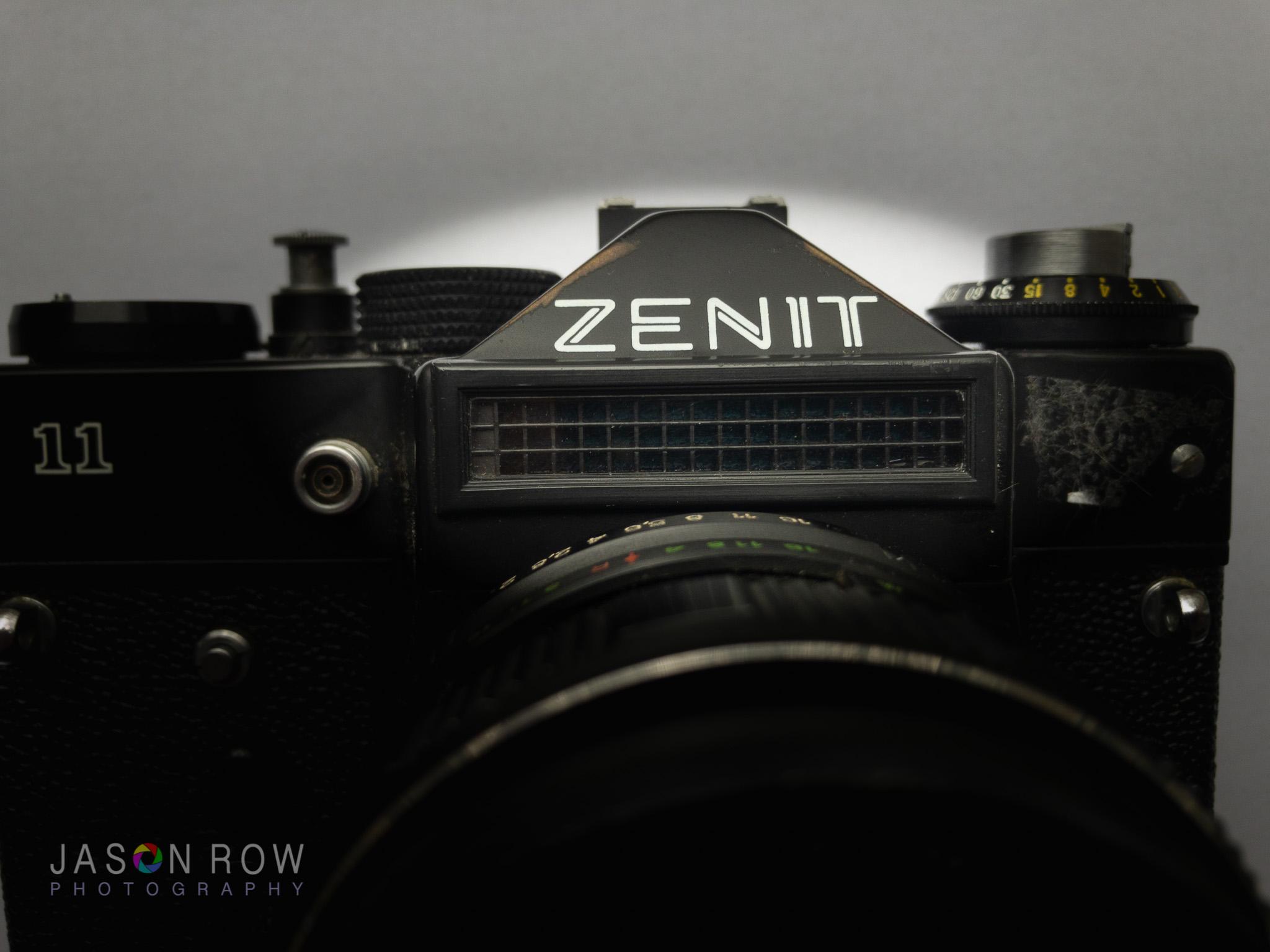
There Was No Autofocus
You all know that digital imaging was a long way off in 1983, but did you know autofocusing SLRs did not exist? They arrived in 1985 in the form of the Minolta 7000, to great fanfare. It was such a technological revolution that I remember news reports about it on TV. It was a camera that propelled Minolta to the forefront of technology.
Even today, the DNA of Minolta is deeply embedded in Sony, the company that bought them out.
The Minolta 7000 marked an advance in technology that drove film cameras forward and paved the way to digital. Before the 7000s SLR cameras hadn't really changed much for decades. There were some more advanced metering and exposure modes but the design of the SLR remained broadly similar.
Post Minolta 7000 we entered an era where SLRs were much more like their DSLR successors, Not only in looks but also in technology. Systems became much more advanced, controls more complex but one thing remained, the fact that you needed to put a film in the back.
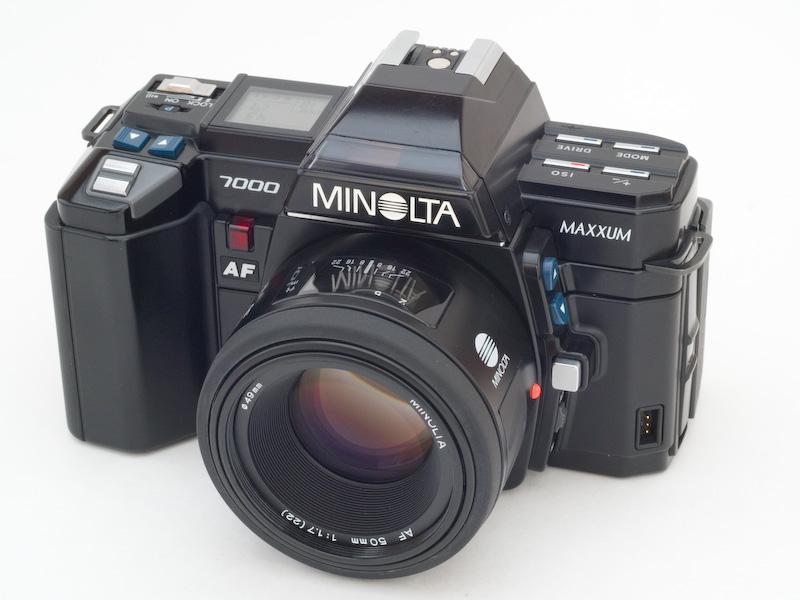
When Film Met Digital
My digital transition was gradual, I suspect like many others. I bought an Olympus C-2020, duty free in Gibraltar for my first trip to Antarctica. It was a fixed lens, incredibly slow, and had a whopping 2MP. It also, as I recall, cost me around $500.
Once I had gotten past the excitement of a new era of photography, the end results were somewhat disappointing. Low resolution and a relatively wide lens meant that it really didn’t suit shooting in Antarctica and most of my images were shot on my trusty Nikon F100.
A few short years later I was working as an estate agent photographer in London. I joined just as the company transformed from film to digital. Over the space of a few months, we went from shooting 120 color negatives on Mamiya 645s to shooting digital on Nikon Coolpix 950s. The irony is that the digital age, which was supposed to make photographers' lives easier, actually meant more work for us.
How so, I hear you ask?
Well digital was a cost-saving exercise for the company (think green Minis). With film, we would return to the office hand our films in, and go home. Once we went digital, we returned to the office, uploaded the images to a computer, and then had to edit them and send them out to the relevant estate agents. It added about an hour’s work to the day, all unpaid of course.
In the five years that I worked in estate agency photography, we went from Mamiya 645s through to Nikon D100s. These were 6mp DSLRs and would not look out of place even today. Computers improved, workflows got better but the workload was more than elevated to make sure we were “productive” to the company.
I got out in 2005 and returned to cruise ship photography, which ironically was still deeply entrenched in the film era. It wasn’t until 2010 that the ship I worked on went fully digital.
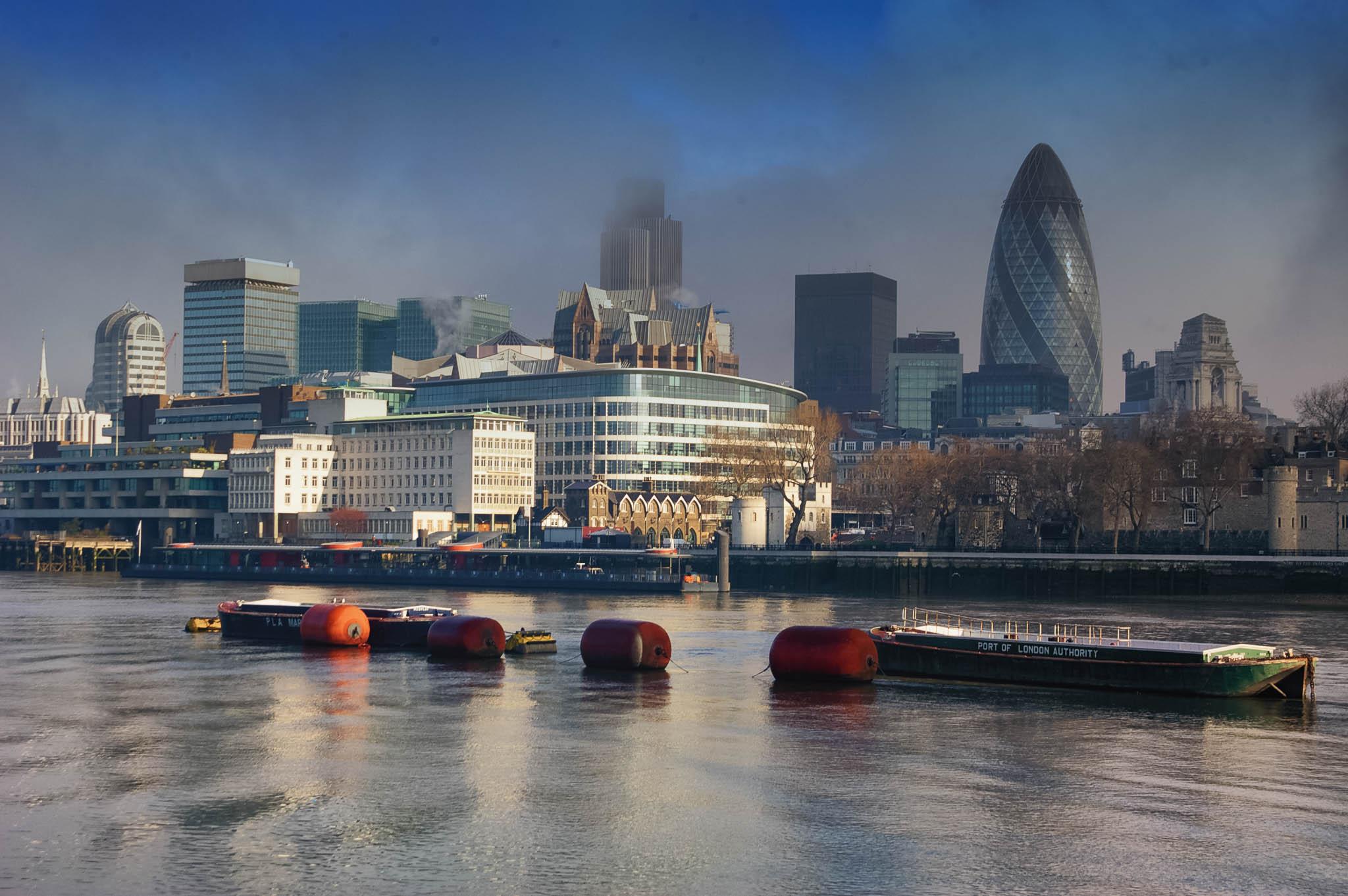
There Was No Photoshop
I was very familiar with the processing and printing equipment we used on the cruise ships. Much of it was produced by Durst UK, the British arm of the well-known Italian darkroom enlarger company.
My first job in photography, in 1984, had been in the research and development department of Durst UK. I worked on the development of many of the machines I was using 20 years later on cruise ships.
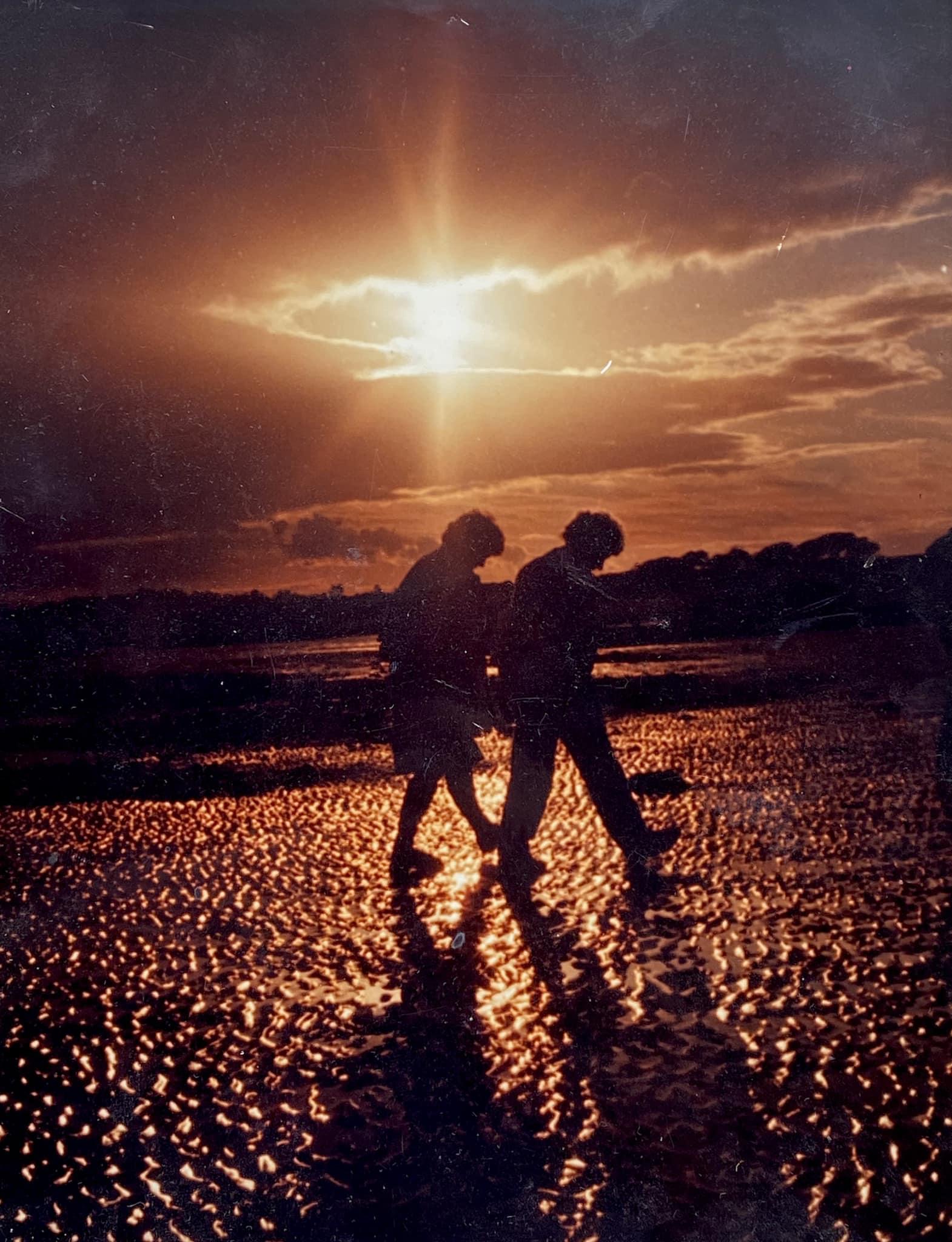
The picture above was taken in 1984 on my Zenit.
I printed it whilst working at Durst and the original, uncorrected print looked nothing like that. I decreased the printing exposure (to make it darker) and added lots of yellow bias in the printing. All without a computer or indeed Photoshop.
Printing photographs was as much an art of manipulation with film as it is today with digital.
Incidentally, it might surprise you to know that Photoshop arrived a long time before digital cameras. It was 1987 and only 4 years after I started in photography when Thomas and John Know created a computer graphics editing program. That would go on to become the World’s most used photography editing app and even become a verb.
There Was No Internet
For photographers of a certain age, the pre-Internet era was one of printed media. Not only did we print out images, but we devoured our news and got our inspiration from printed magazines. A flick through a photography magazine from the 1980s would be quite an eye-opener for younger photographers.
What you might not expect is the sheer range of photographic accessories that were available. We are used today, to seeing thousands of YouTube videos about the latest and greatest photography widget. Most of them are over-enthusiastically sold to us by influencers who have little to no real photographic experience.

Back in the day, the back pages of photographic magazines were full of not dissimilar items. The adverts were usually small and featured poor quality black and white images as the marketing budget did not extend to more. These days the modern derivatives of these products are given away for glossy video-based endorsements.
The way photographers market themselves has changed immensely. Before the Internet, the portfolio was king. A leather-bound book of your greatest work would be touted around to potential clients. It literally was knocking at doors.
These days our portfolios are online, and we market ourselves through social media and online ad campaigns. The marketing work is just as hard but it does save an awful lot of shoe leather.
Would I Want To Go Back?
I think the answer is a resounding no.
Digital has allowed my and many others' photography to flourish in a way that was not possible with film. As a younger film photographer, money was always tight and film was always used sparingly. Whilst that taught me and others many valuable lessons in photographic technique, it also hampered our creativity and willingness to experiment.
Today we can fire off our shutter button as many times as we wish, and play with settings, compositions, and light.
We are much freer to be creative.
So whilst I would not want to go back, I am also very glad I went through this era of massive change. To be a part of the biggest technological advance photography has ever made has been thrilling, enlightening, and enabling. The great thing is, that even now, 40 years later, I am still learning new things all the time.

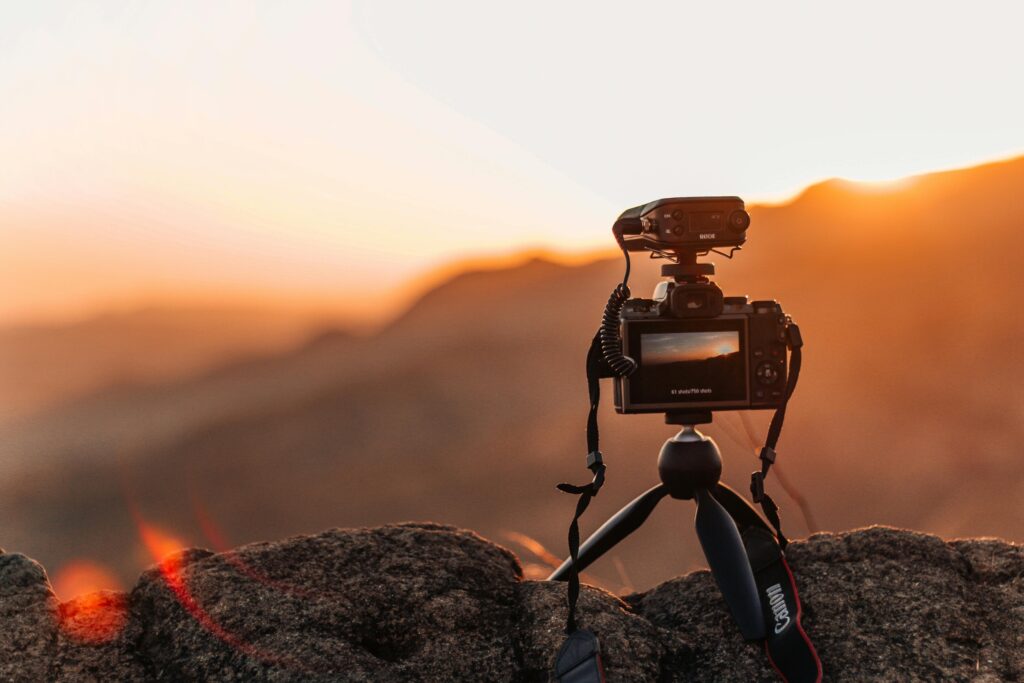
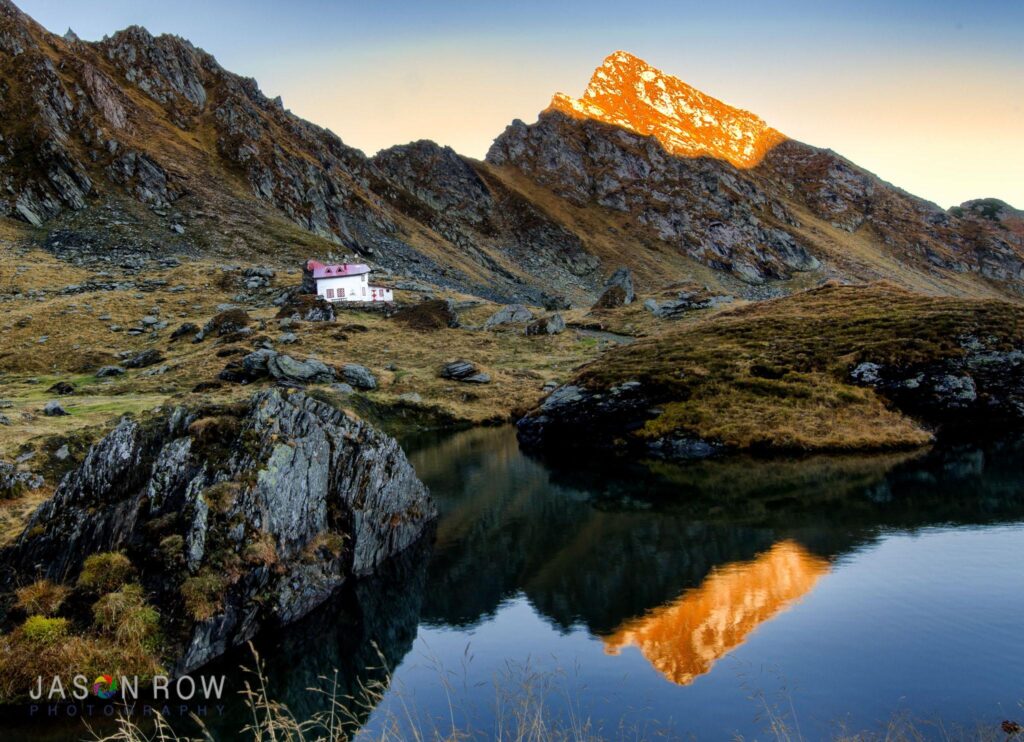
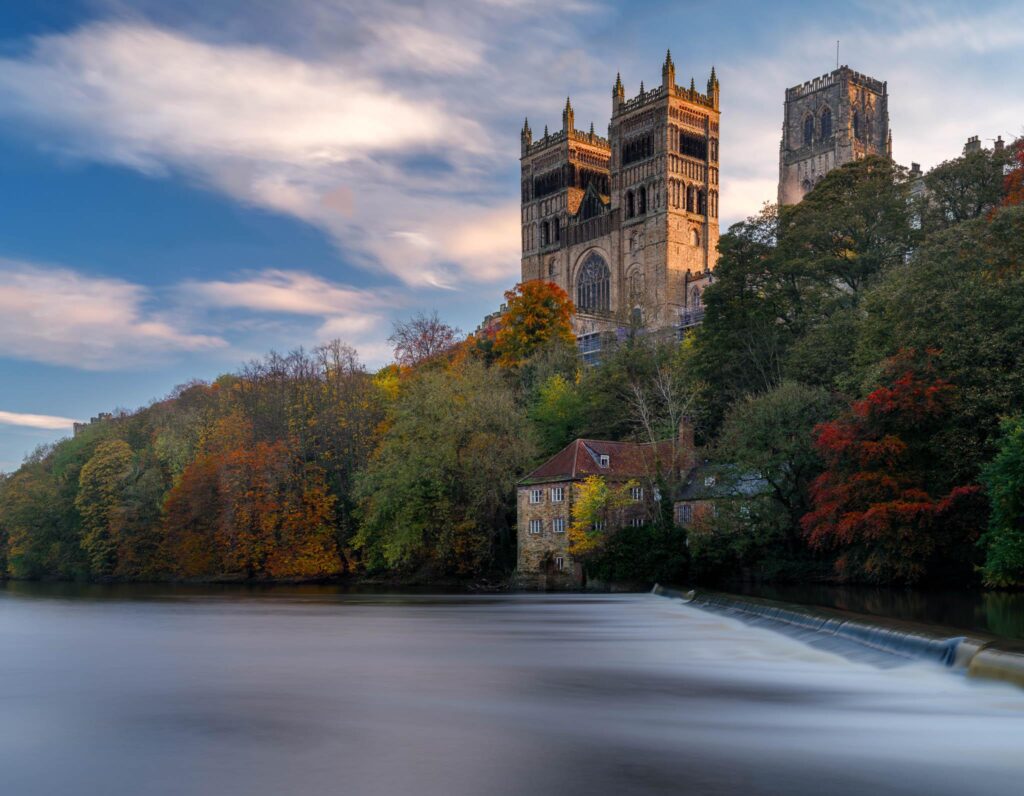

1 Comment
I loved Minolta for the 2 X-700 bodies and nice glass I owned.
The Minolta 7000 left a bad taste in my mouth, as Minolta made (what I think is) a strategic error in orphaning all my glass. When I went digital, that was my overriding concern and I happily became a “Pentaxian” which kept the same mount throughout the years. Yay for glass investments!